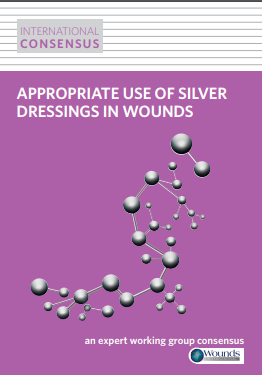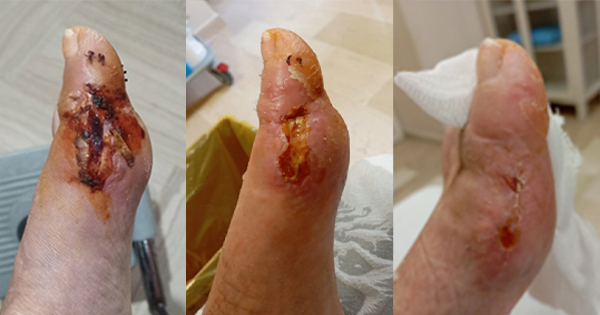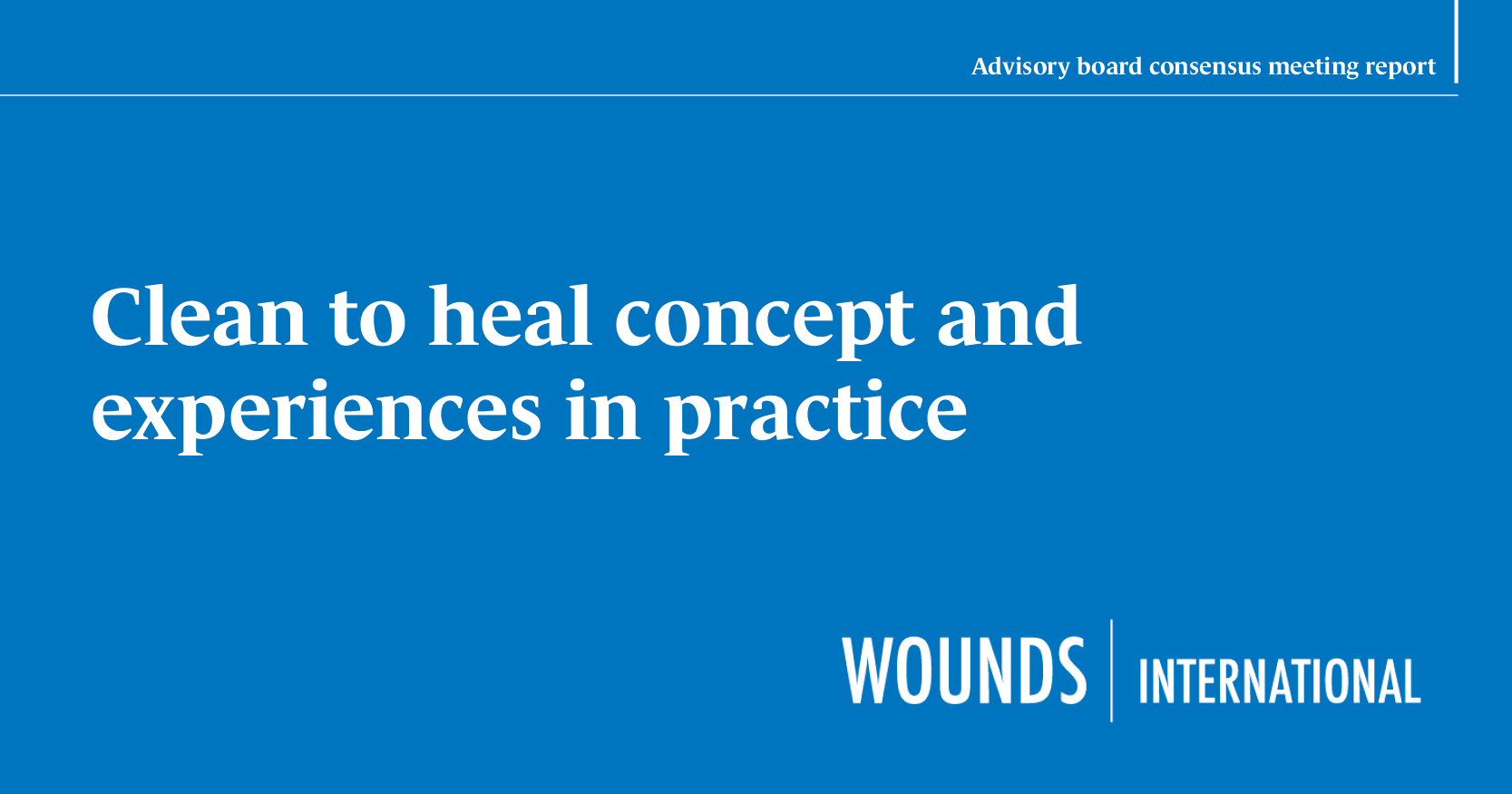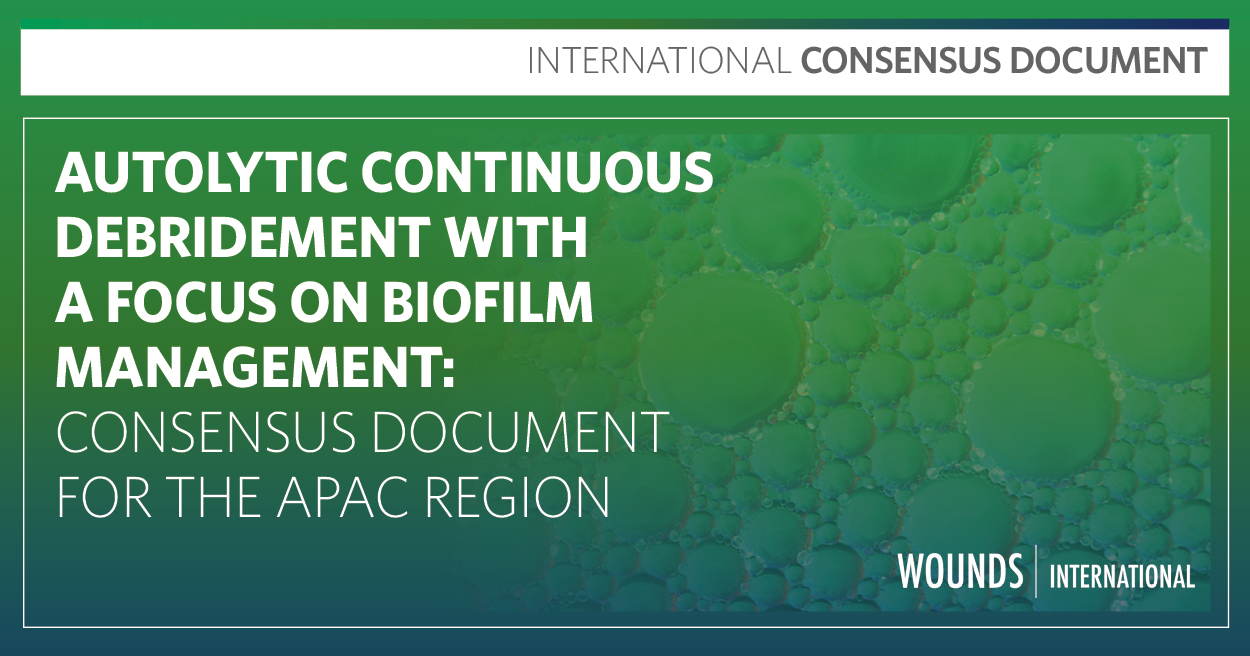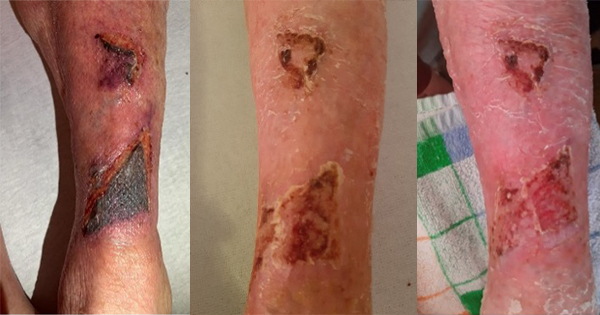Topical antimicrobial dressings, including those that contain silver, are used to prevent or manage infection in a wide range of wounds. Although silver dressings have been used extensively, a recent study1 and two Cochrane reviews2,3 have concluded that there is insufficient evidence to show that silver dressings improve healing rates. The overall effect has been to cast doubt into the minds of healthcare purchasers and to cause restrictions in the availability of silver dressings worldwide. There is growing concern amongst clinicians that arbitrary withdrawal of silver dressings could lead to increased morbidity and prolonged treatment time relating to uncontrolled wound bioburden.
A group of experts from Europe, North America, the Far East, South Africa and Australia met in December 2011 to provide internationally-recognised guidance for the proper use of silver dressings, based on experience in clinical practice and all the available evidence. This document presents the mechanisms by which silver dressings work, the relationship of in vitro and in vivo evidence to clinical practice and provides a rationale for cost-effective management.
Supported by B Braun, ConvaTec and Systagenix

